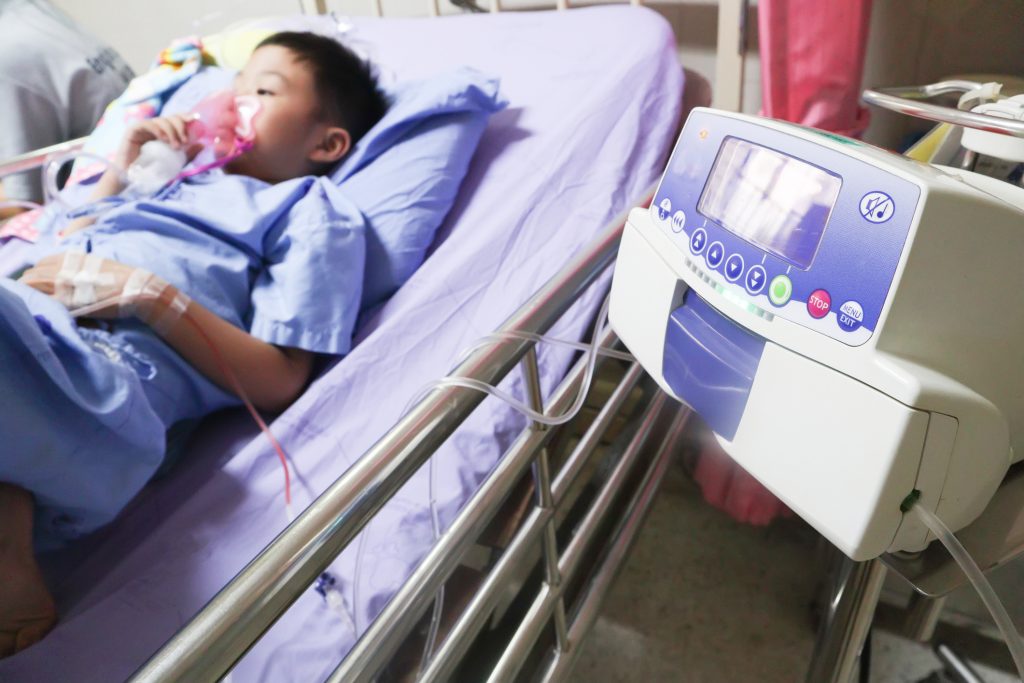Healthcare’s Spookiest Jobs
From those who draw blood with the ease of a vampire, to those who stalk the halls of hospitals in the dark of night, healthcare is full of spooky jobs.
3 States with the Most Demand for Therapy Professionals
Given the pandemic, therapy professionals are essential in a way that most other professions are not at the moment. Where is demand the greatest?
3 States with the Most Demand for Healthcare Professionals
The healthcare industry added more than a quarter million jobs during July, August, and September. Where is demand the greatest?
3 States with the Most Demand for Physicians
Physicians are essential in a way that most other professions currently are not. But where is demand greatest? Here are the top 3 states.
3 States with the Most Demand for Advanced Practitioners
With healthcare hiring rebounding, where is the demand for NPs, PAs, and CRNAs the greatest? Here are the top three states for these advanced practitioners.
3 States with the Most Demand for Nurses
Healthcare added back more than a quarter million jobs over the past three months. Here are the top three states where demand for nurses is the greatest.
Return to School Shines Spotlight on Oft-Forgotten Nurses
Given the ongoing COVID crisis, school nurses are more important than ever before, as they look after the health and well-being of students and staff alike.
How Healthcare Workers with Children Are Coping During the Pandemic
Parenting is hard. Parenting as a healthcare worker during a pandemic is even harder. These 7 strategies can help your family cope with coronavirus.
6 Ways Healthcare Is Adapting to Handle Future Crises
From relying less on federal leadership to making government funding more flexible, discover what the healthcare world might look like post-coronavirus.
How to Cope When You Hate Your Job
Working in healthcare is just plain hard. So, how do you cope if and when your passion for it seems gone? Here are some things to try.










